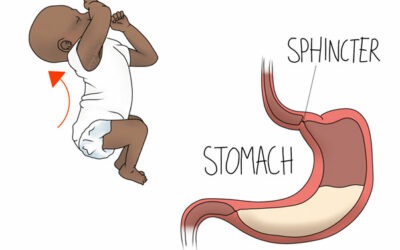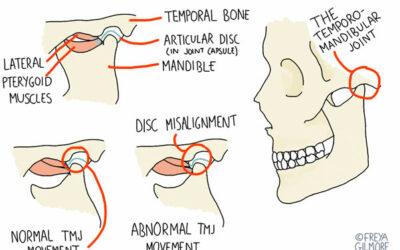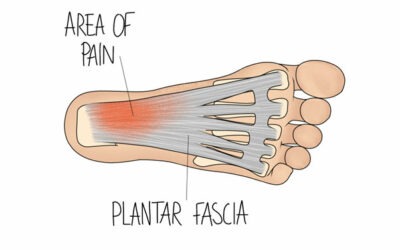We know too much sitting is bad for us. No newsflash there. But did you know that inactivity is the fourth biggest killer of adults in the UK?
Sitting for several hours a day isn’t just bad for our spinal health. Low levels of activity affect our blood pressure and our metabolism, changing how the body breaks down fat. It increases our risk of heart disease and type 2 diabetes too.
What’s more, a poor sitting posture takes its toll on the back, increasing pressure in the lumbar region of the spine as it supports the weight of the upper body. The pain comes from stretching the back disc wall: as the lumbar vertebrae pinch together at the front, they force the liquid nucleus towards the back of the disc. This pressurises the sensitive outer ligamentous layers at the back, causing pain in the lower back.
With the average Brit spending 50% to 70% of their day sitting – whether at a desk, watching television or driving – it’s a problem of epidemic proportions. Even if you exercise in your free time – heading straight to the gym after work or spending your weekends walking or cycling – you’re still at risk of developing health problems, all because of the time you spend on your behind.
If you work in a sedentary job – sitting at an office desk or behind a steering wheel all day, and in front of the TV in the evenings – there are lots of small ways you can increase your activity.
Here are our top 10 tips:
- Break away from the meeting room and have standing or even walking meetings
- Get up and walk to speak to your colleagues in other offices rather than using the phone
- Go for a walk on your lunch break – it can reenergise you and increase your afternoon productivity too
- Take regular breaks from your desk: it’s believed that standing up regularly – as often as every 30 minutes – during your working day can be as effective as taking a walk
- Rearrange your office so that you have to get up and move around every now and again, for example by moving the printer further away from your desk
- Stand up to take phone calls
- Try a standing work station instead of the traditional desk and chair
- Park your car further away from your workplace to force yourself to increase your activity
- Consider wearing a pedometer – seeing how many steps you take each day can motivate you to do more
- Stash a yoga mat under your desk to stretch out your back on your lunch breaks, or invest in an under the desk pedal exerciser.
And if you do spend your work days sitting at a computer, here’s our advice on arranging your work station and sitting correctly to avoid back and neck pain.
Our osteopaths see many patients who lead sedentary lifestyles. They help to ease their pain and discomfort using manual techniques, without the use of drugs or surgery. Click to find out more about our osteopathy treatments.



0 Comments